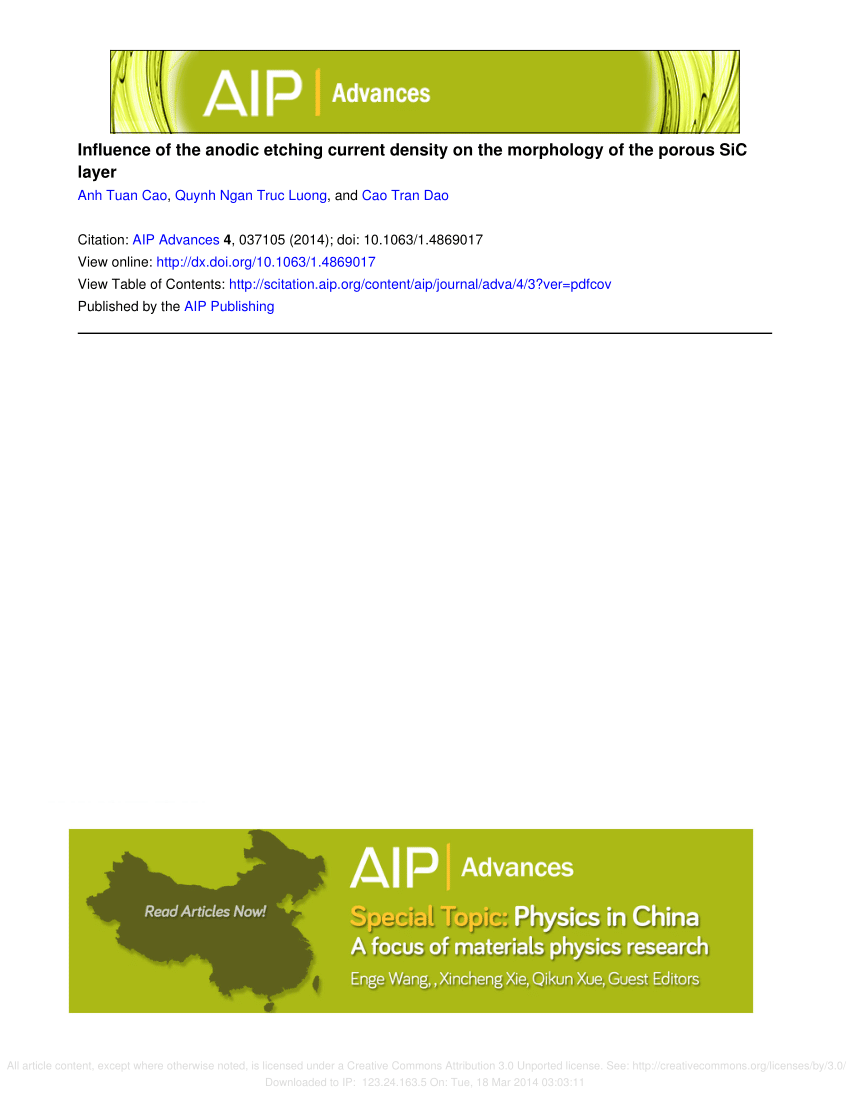Enhancing WEDM performance on Mg/FeCoCrNiMn HEA composites through ANN and entropy integrated COCOSO optimization
IF 1.4
4区 物理与天体物理
Q4 MATERIALS SCIENCE, MULTIDISCIPLINARY
引用次数: 0
Abstract
The aim of this experimental work is to find the ideal wire electric discharge machining (WEDM) parameter combination for processing a novel FeCoCrNiMn High Entropy Alloy (HEA)-reinforced magnesium composite. This composite is developed with varying weights of FeCoCrNiMn at 5%, 10%, and 15% through powder metallurgy. Experiments are performed to examine the effects of HEA and wire-EDM variables on surface roughness (Ra) and kerf width (KW) using Taguchi’s L27 orthogonal array. The hybrid ENTROPY-COCOSO (Combined Compromise Solution) methodology is used for multiple objective optimizations after the Taguchi method for optimization. The most significant constraints on Ra and KW are found to be pulse ON time and current. Wider kerfs and rougher surfaces are the result of longer pulse ON times and higher current. The ideal input parameters recommended by ENTROPY-COCOSO for minimal Ra and KW are 2 A of current, 20 µs of pulse ON time, 25 µs of pulse OFF time, and 4 mm/min of wire feed rate. To predict outcomes, both linear regression models and artificial neural networks (ANNs) are used, and the results are compared with experimental data. The results are validated by the fact that ANN predictions closely match experimental data with minimal deviation.通过 ANN 和熵集成 COCOSO 优化提高 Mg/FeCoCrNiMn HEA 复合材料的线切割加工性能
这项实验工作的目的是找到理想的线切割加工(WEDM)参数组合,以加工新型铁钴铬镍锰高熵合金(HEA)增强镁复合材料。这种复合材料是通过粉末冶金法研制的,其中铁钴铬镍锰的重量分别为 5%、10% 和 15%。实验采用田口 L27 正交阵列来检验 HEA 和线切割变量对表面粗糙度 (Ra) 和切口宽度 (KW) 的影响。在采用田口方法进行优化后,使用混合 ENTROPY-COCOSO(组合折衷方案)方法进行多目标优化。发现对 Ra 和 KW 最重要的限制因素是脉冲接通时间和电流。更长的脉冲开启时间和更大的电流会导致更宽的切口和更粗糙的表面。ENTROPY-COCOSO 推荐的最小 Ra 和 KW 的理想输入参数为:2 A 电流、20 µs 脉冲接通时间、25 µs 脉冲关断时间和 4 mm/min 的送丝速度。为了预测结果,使用了线性回归模型和人工神经网络(ANN),并将结果与实验数据进行了比较。人工神经网络的预测结果与实验数据非常吻合,偏差极小,从而验证了预测结果。
本文章由计算机程序翻译,如有差异,请以英文原文为准。
求助全文
约1分钟内获得全文
求助全文
来源期刊

AIP Advances
NANOSCIENCE & NANOTECHNOLOGY-MATERIALS SCIENCE, MULTIDISCIPLINARY
CiteScore
2.80
自引率
6.20%
发文量
1233
审稿时长
2-4 weeks
期刊介绍:
AIP Advances is an open access journal publishing in all areas of physical sciences—applied, theoretical, and experimental. All published articles are freely available to read, download, and share. The journal prides itself on the belief that all good science is important and relevant. Our inclusive scope and publication standards make it an essential outlet for scientists in the physical sciences.
AIP Advances is a community-based journal, with a fast production cycle. The quick publication process and open-access model allows us to quickly distribute new scientific concepts. Our Editors, assisted by peer review, determine whether a manuscript is technically correct and original. After publication, the readership evaluates whether a manuscript is timely, relevant, or significant.
 求助内容:
求助内容: 应助结果提醒方式:
应助结果提醒方式:


